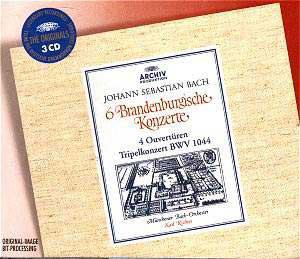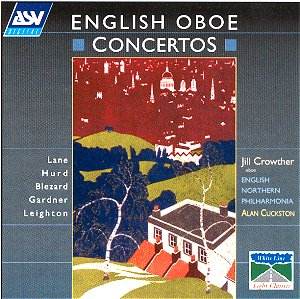 Composer: Claudio Monteverdi
Composer: Claudio Monteverdi
Works: L’Incoronazione di Poppea
Performers: Carolyn Watkinson (sop) (Nerone), Judith Nelson (sop) (Drusilla), Peter Ratinckx (c-ten) (Amore), Henri Ledroit (alto c-ten) (Ottone), Carmen Balthorp (sop) (Poppea), Andrea Bierbaum (mezz) (Ottavia), Ulrik Cold (bass) (Seneca)
Recording: Live performance, Theatre La Fenice, Venice, Italy, September 1980
Label: Warner Fonit: Music Antiqua 8573 84065-2
Claudio Monteverdi’s L’Incoronazione di Poppea, first presented in 1642, stands as a landmark in the operatic canon, marking a pivotal shift towards the exploration of human emotion and the complexities of desire over the rigid moralities of earlier works. Set against the backdrop of imperial Rome and based on historical texts, Monteverdi’s last opera encapsulates the tension between love and power, culminating in the audacious crowning of Poppea, the embodiment of ambition and sensuality. This recording captures a live performance at the now-destroyed Teatro La Fenice, a venue synonymous with the composer’s enduring legacy, and offers a glimpse into a performance practice that seeks to approximate the authenticity of Monteverdi’s time.
Alan Curtis’s interpretation presents an earnest attempt to evoke the original sound world of Poppea, aiming for a fidelity to historical practices that is commendable. The orchestra, composed primarily of period instruments, is positioned prominently in the mix, ensuring that the harpsichord and strings resonate with a lively clarity. However, this emphasis results in a regrettable imbalance, as the vocalists occasionally recede into the background, lacking the presence one would hope for in such an emotionally charged work. The singers themselves demonstrate commendable artistry, particularly Carolyn Watkinson as Nerone, whose bright, expressive soprano weaves through the score with a compelling blend of power and vulnerability. Judith Nelson as Drusilla and Carmen Balthorp in the title role further enrich the performance with their nuanced characterizations and vocal agility, though at times their emotional impact could be better supported by a more immediate acoustic presence.
Technical aspects of the performance merit attention, particularly the articulation and ornamentation that characterize the solo lines. These singers navigate the demanding vocal lines with technical finesse, yet the absence of a definitive score leaves room for interpretive liberties that, while historically informed, may not resonate with all listeners. For instance, Balthorp’s portrayal of Poppea is both seductive and strategically assertive, her phrasing often embodying the character’s ambition. This is especially evident in the aria “Pur ti miro,” where the interplay of vocal timbre and emotional depth achieves a dramatic peak. Yet, one cannot help but notice that the recording’s fidelity hampers the full realization of such moments, as subtle interactions between voices are sometimes drowned out by the orchestral textures.
The live aspect of the recording introduces an authenticity that is both a blessing and a challenge. Occasional stage noises do not detract significantly from the overall experience; rather, they remind the listener of the opera’s theatrical roots. The pacing of the performance strikes an admirable balance, with Curtis steering the ensemble through the various emotional landscapes with sensitivity. However, the decision to eliminate certain embellishments common in modern interpretations could alienate those accustomed to a more sumptuous sound, thus presenting a conundrum for contemporary audiences.
While this performance captures vital elements of Monteverdi’s operatic vision, it ultimately invites comparison with more polished studio recordings that might deliver a more gratifying listening experience. The challenges of live sound capture, combined with the interpretative choices made, may leave some listeners yearning for the clarity and vibrancy found in modern orchestrations. Yet, those seeking an authentic glimpse into the historical performance practice of Poppea will find much to appreciate in Curtis’s endeavor. This recording serves as a valuable contribution to the discography of Monteverdi and a reminder of the rich, yet complex, tapestry of early opera, where the interplay of love and power continues to resonate through the ages.



